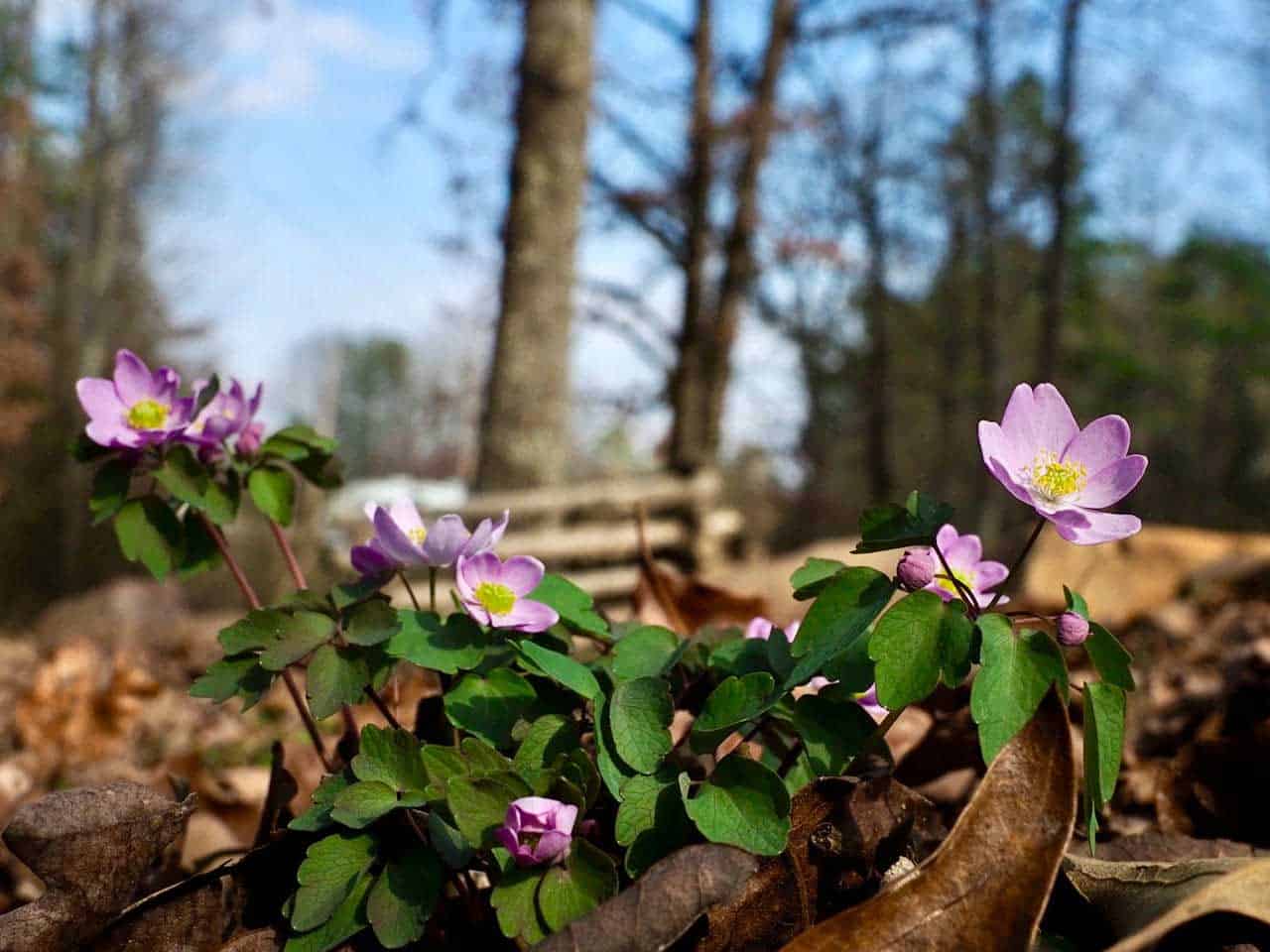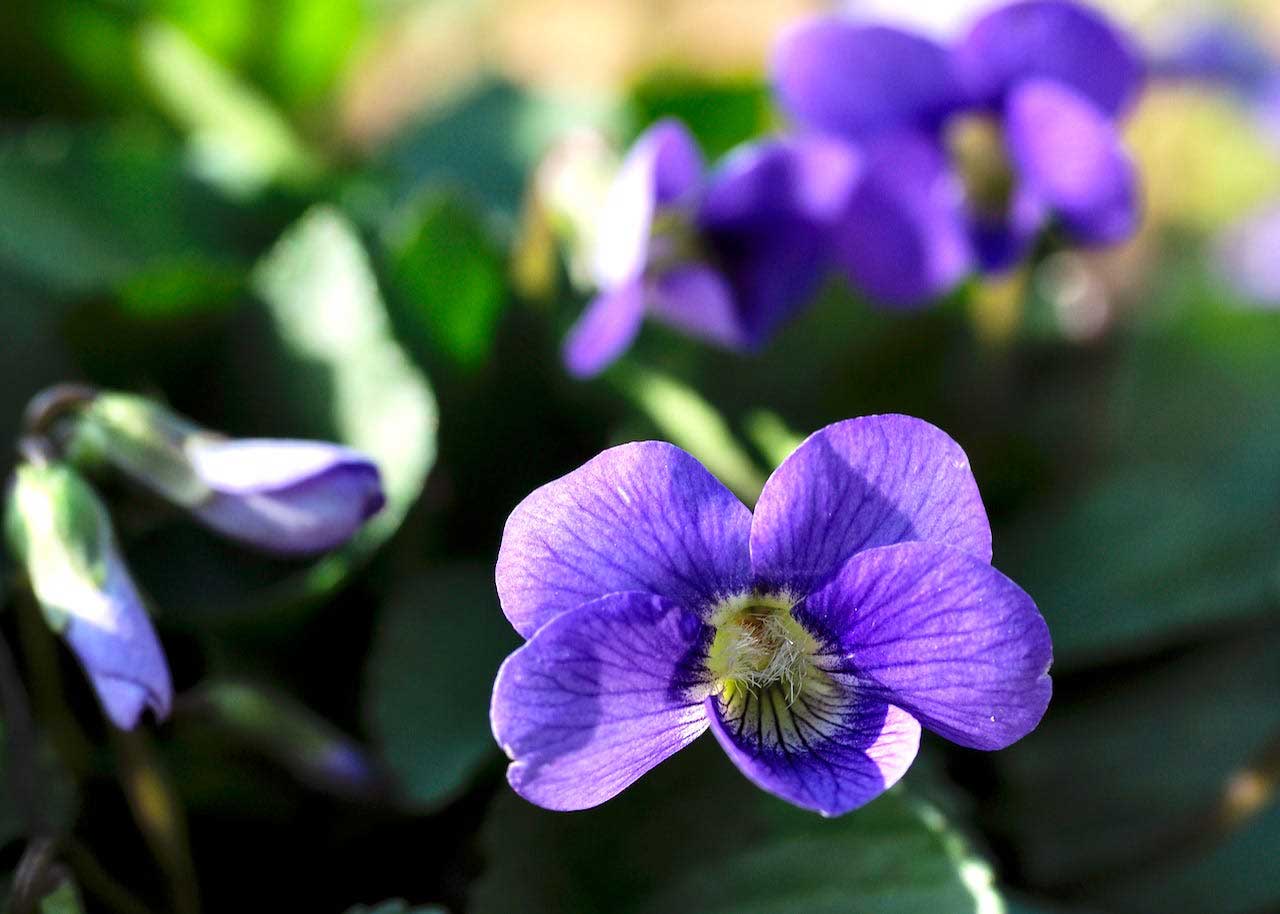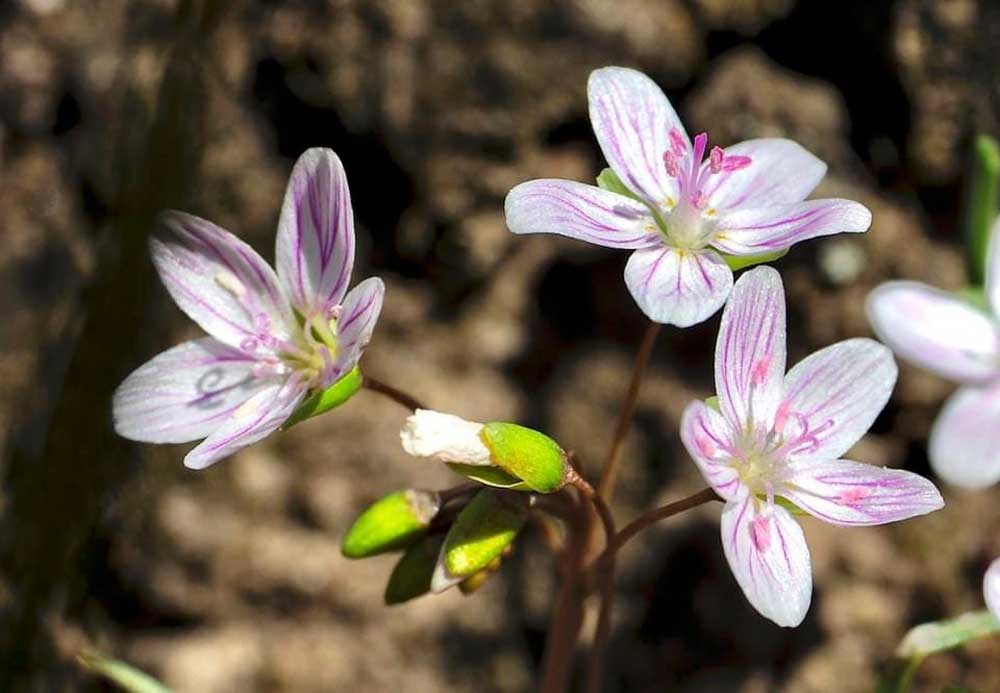March’s floral harbingers remind us that we are all here for only a short time
I was stretched across the recliner, an open window within easy reach, a woodstove caressing the soles of my feet when the first gentle wind of the new month tickled my forearm
Goosebumps prickled across my back.

It was a felicitous breeze—perfumed with the almost scandalous scent of blooming wild plum, accented by the soft nasal caws of fish crows in tall pines, puffing tentatively through the screen as if investigating the world of the musty indoors. Moving smooth over my bare feet, curling tender and cool between my toes, it met and mingled with waves of radiant warmth pulsing gently from the black iron of our stove. The contrast in sensations registered beyond the sublime, the palpable equivalent of sweet and salty on tastebuds.
I don’t know that there is a word to describe it, but there is a calendar mark—moody March, the most fickle of months.
The old proverb “in like a lion and out like a lamb” is often exposed by March as the tired and lazy philosophy it’s always been. Some Marches have indeed arrived roaring in frosted polar ferocity, biting through to your marrow with ice-fanged gales. But this year’s first week of its third month sashayed in with a sultry, sweaty, and impatient sway. March ’24 chose to dispense with the teasing spring preamble and commence with the hot and heavy deeds. Given its mercurial personality, it’s no surprise that green, a chromatically contrasted blending of warm and cool hues, is the iconic color of this transitional time. Compared to say, stale ol’ yellow August, which is all but guaranteed to open with an unholy marriage of what would seem an impossible pairing—waterlogged mornings and parched hellish afternoons—March plays it coy. March leaves you guessing about everything.
That said, there are absolutes even for this most fickle of months. There will always be those overwhelming gusts (and always tickling crisp zephyrs) and there are always fearsome thunderstorms searing and cracking the bruised late-winter clouds with pent-up plasmic rage. But beyond those very hallmarks of a temperamental season, there is never a certainty as to what atmospheric energies empower the capricious March skies.

Energies emanating from the dark March soils, though, are another matter. Those forces are true and steadfast as the North Star.
The naked forest canopy means March’s strengthening sunbeams stream unimpeded to the forest floor, bathing the cold dirt and accumulated detritus from the dark season. The effect is not unlike dropping a lit match on dry tinder—stunningly quick and visually spectacular… in a paradoxically subtle way.
Seemingly overnight, the brown ground erupts in a flourish of pastels. They’re called ephemerals, a lovely and supremely accurate label.
These subversive petaled souls poke through the duff, undermining winter in humble ways. None grow much higher than your ankle. Robed in satiny purples, pinks, and soft whites accented with fuchsia, wine, saffron, and the increasingly ubiquitous lime of tender new green, they don’t vamp like summer’s vivacious head-high floral explosions. They don’t demand attention. They don’t have to.
As the only options for emerging bees, butterflies, and other pollinators buzzing and fluttering off their winter dormancy, ephemerals don’t need heavy scents and ostentatious hues. Open petals are all that’s required. Some like the exquisite spring beauty flower command so much desire that they can opt for a flexible schedule, opening up on only the fairest of days.

As you may have guessed, these tiny wildflowers are ephemeral in the literal sense, glowing for only a short time before the surging verdancy overhead swallows the light, dribbling only scraps of dappled patches here and there separated by vast pools of deep shadows. By mid-April, their glory days are done. By then, a crowd of taller, more histrionic wildflowers advertise their sweets with a competitive audacity to entice the tasters.
They are also liminal, harbingers of transition as winter fades but spring is not quite here. They live small and largely unnoticed by so many as subtle signs of changes barely perceptible on the landscape at large.
I cannot even begin to imagine what it is like to be a plant. But as I look upon the muted kaleidoscope of our woodland yard, I wonder if ephemerals enjoy the extreme pleasures of contrast as much as I do. I wonder if they’re rapturing in silence as their blooms warm in a bright March sun. I wonder if elation fills their quiet forms as their rooted toes curl imperceptibly deeper into the tender and cool March soil.
Johnny Carrol Sain writes about rural culture and a connection to place through actively living with the land. He is the author of “Hidden in the Tall Grass: Essays on rural and natural heritage” and has been published in “The Bitter Southerner,” “Outdoor Life,” “The Food and Environment Reporting Network,” and various other regional and national publications. This essay was originally published in his Substack, “American Pokeweed,” where you can find his freshest work.
